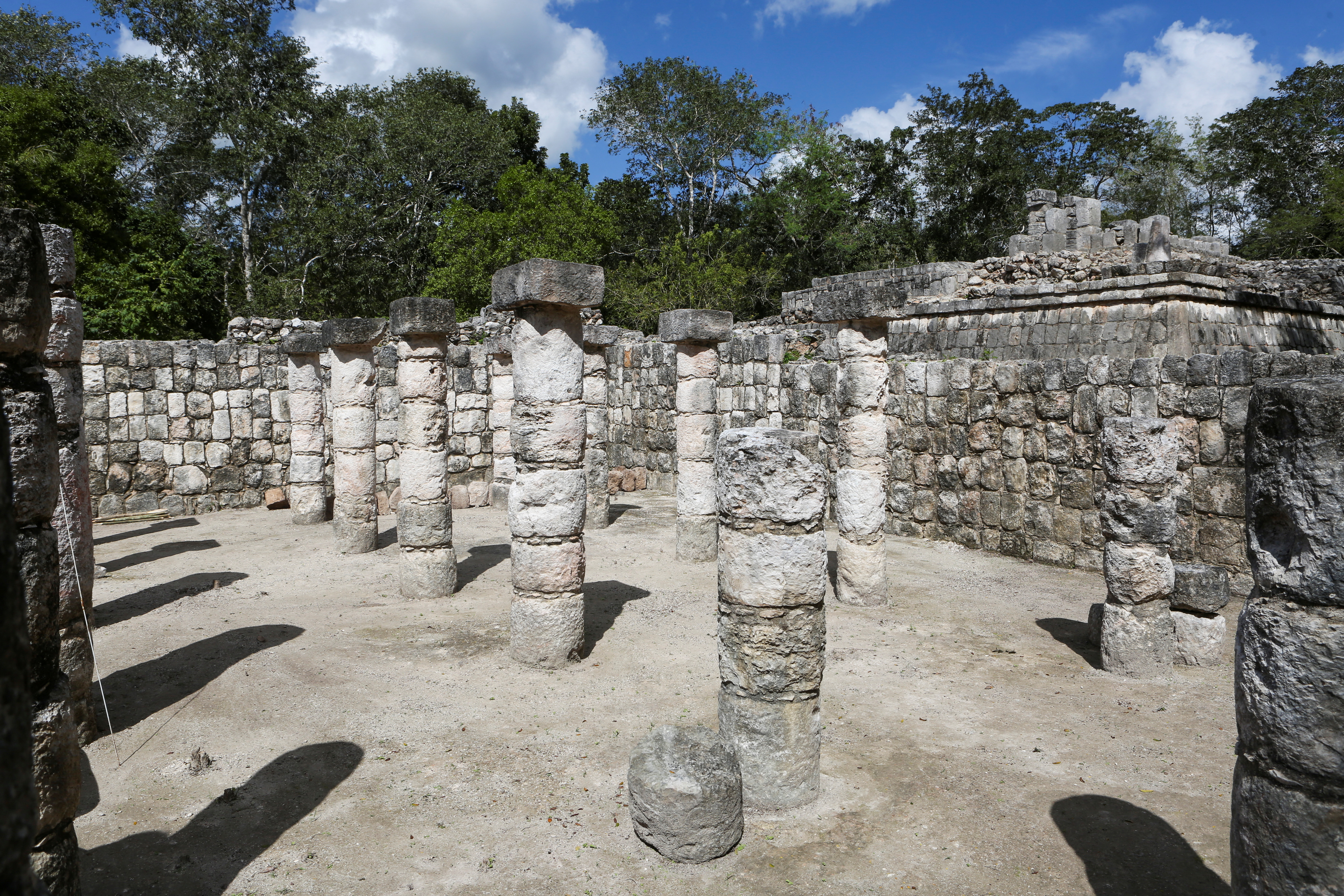At Mexico's Chichen Itza site, researchers discover ancient 'elite' residences
[1/5]A general view of "Casa de La Luna" during a media tour to Chichen Viejo at the archaeological site of Chichen Itza, in Piste, Mexico February 10, 2023. REUTERS/Lorenzo Hernandez Purchase Licensing Rights
PISTE, MEXICO, Feb 11 (Reuters) - Archaeologists have revealed a group of structures discovered at the famed Mayan Chichen Itza archaeological site in Mexico's Yucatan peninsula, believed to have been part of a housing complex inhabited by the elite of the sacred city founded in the 5th Century AD.
Archaeologist Francisco Perez Ruiz said there were no known residential groups in Chichen Itza, meaning the housing complex would represent "the first residential group where a ruler lived with his entire family."
The area, known as Chichen Viejo, is expected to be integrated in the near future into the visitor area of the Chichen Itza archaeological site, a UNESCO World Heritage Site.
The newly discovered complex includes the entrance arch, the House of the Snails, the House of the Moon, and the so-called Palace of the Phalluses.
Researchers from the National Institute of Anthropology and History (INAH) hope that this area and those yet to be uncovered can provide information on what life was like for the people who inhabited the city.
"There must be more residential groups that have not been explored yet. The study of these peripheral groups, around the central part, could tell us about other families, other groups that made up this great city," said archaeologist Jose Osorio Leon.
The area has been under exploration since 1998.
Around 2 million people visit Chichen Itza site in southeast Mexico each year, according to official data.
It was founded as a Mayan pilgrimage center by the Itza, or "water sorcerers."
Sign up here.
Reporting by Lorenzo Hernandez, Writing by Isabel Woodford; Editing by David Gregorio
Our Standards: The Thomson Reuters Trust Principles.

